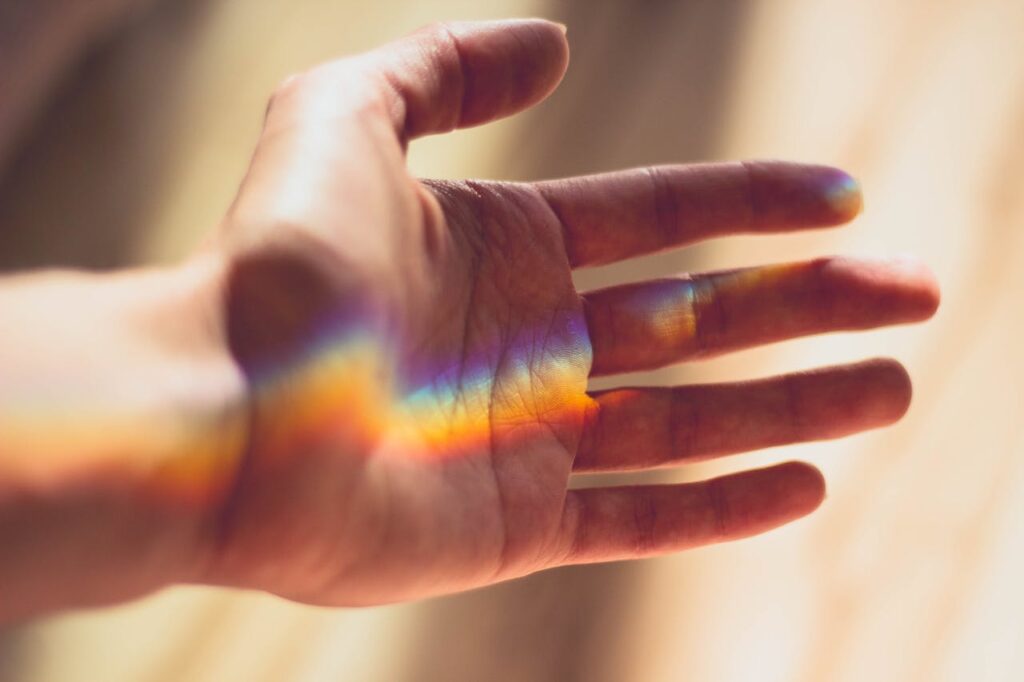
What happens to the body immediately after death?
The skin loses its colour
The first noticeable change in the body after death, usually appearing within 15 to 20 minutes, is pallor mortis, when the skin begins to lose its color. This occurs because blood no longer circulates through the capillaries, the body’s smallest blood vessels. The effect is the same for everyone, though it is less obvious on individuals with darker skin tones.
The body loses its temperature
At the same time, the body gradually cools, dropping in temperature by about 1.5 °F (0.84 °C) per hour. Despite the cooling, biological activity continues. Scientists often describe a decaying body as a kind of ecosystem. The first stage of decomposition, called autolysis or “self-digestion,” begins when enzymes start breaking down the membranes of oxygen-deprived cells. Ruptured blood vessels release damaged blood cells, which settle into small veins and capillaries. This leads to visible skin discoloration—purplish or reddish patches—that typically become noticeable a few hours after death.
The muscle starts to stiffen
Another major postmortem change is rigor mortis, or muscle stiffening. While alive, muscle movement is controlled by the proteins actin and myosin, which bind and release to allow contraction and relaxation. After death, chemical bonds form between these proteins, locking the muscles into a contracted state until the bonds break down. Rigor mortis usually develops between two and six hours after death and makes handling the body—whether during autopsy or funeral preparation—much more difficult. Morticians often have to apply some force to restore flexibility.
How do microbes react in the body
Microbes start the decomposition process
Meanwhile, the body’s microbial inhabitants also play a major role in decomposition. While alive, most bacteria remain confined to the intestines, kept in check by the immune system. Once the body dies, however, these microbes spread unchecked, first consuming intestinal tissues and then moving into surrounding organs. From there, they travel through the bloodstream and eventually reach the heart, brain, and other organs. Forensic research suggests that bacteria may take about 58 hours to spread to organs such as the liver, spleen, and brain.
Bacteria start the decomposition process
This stage of decomposition, known as putrefaction, generally becomes evident after a few days. As bacteria (and insect larvae) break down proteins, carbohydrates, and other compounds, gases form inside the body, causing the abdomen to swell until the skin ruptures—attracting even more insects. The rate of decomposition depends on multiple factors, including cause of death, climate, and even the clothing worn by the deceased. As forensic scientist M. Lee Goff explained, decomposition is a “continuous process” that begins immediately after death and continues until only skeletal remains are left.
Body after death – preservation methods
To slow this natural process, humans have long used various methods of preservation. Maintaining the body’s appearance has been especially important when it is to be displayed during mourning. A well-known example is President Abraham Lincoln, whose embalmed body was transported across several states for public viewing after his assassination. Historically, substances like vinegar, wine, honey, and brandy were used to delay decay. In modern embalming, however, the blood is removed and replaced with a preservative solution, typically formaldehyde mixed with water, injected through a major artery. Fluids in the body cavities are also replaced with preservatives. Although this procedure does not prevent decomposition indefinitely, it provides the body with a lifelike appearance for funeral rites and viewings.
